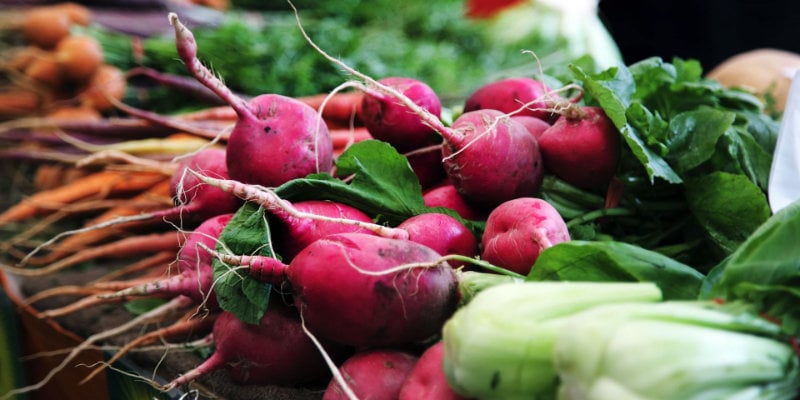Easy to Grow, Disease-Fighting Foods
For the last 30 years, forward-thinking doctors have been treating patients with disease-fighting food.
In order to build strong immune systems, doctors agree that the following 5 disease-fighting vegetables are most beneficial if eaten on a daily basis. Additionally, these super vegetables contain the highest protective chemicals to build up the body’s defences – even more reason to include them in everyday meals!
Cruciferous Plants
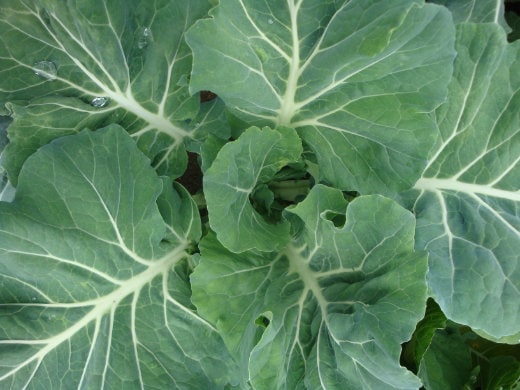
Benefits: Reduces inflammation and blood glucose levels. As well, it stimulates the immune system and promotes gut health.
Amount: More than 1 cup per day. These vegetables need to be chewed thoroughly or blended in order to break down their cell walls.
Examples: Cabbage, cauliflower, broccoli, Brussel sprouts, kohlrabi, collards, bok choy, kale, mustard, turnip, and cress.
Greens
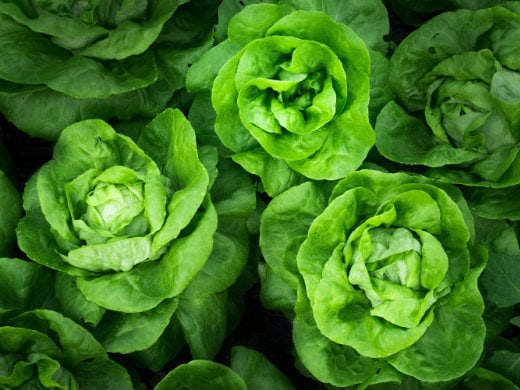
Benefits: They are an excellent source of fibre. Additionally, they are high in vitamins C and K, folate, calcium, iron and magnesium.
Amount: More than 1 cup per day, especially if the greens are being cooked.
Examples: More than 30 different green leaves can be used, this can include spinach, kale, and a variety of lettuce.
Allium Family
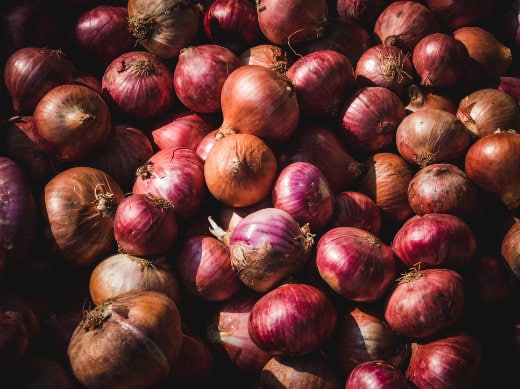
Benefits: Similar to cruciferous vegetables, they are high in sulfur chemicals that support the immune system. Also, they are anti-bacterial, anti-fungal, anti-viral and they help to regulate blood sugar.
Amount: Consume 1/2 cup per day.
Examples: All members are good for your health including onions, chives, scallion, shallot, leek and garlic.
Coloured Vegetables
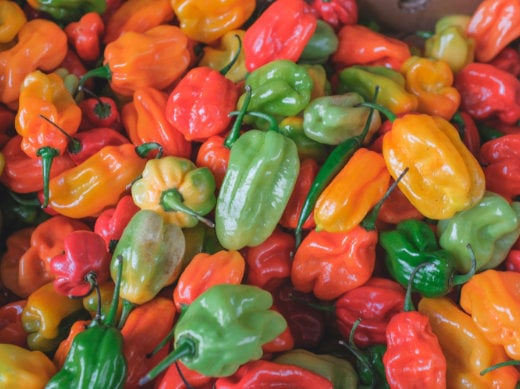
Benefits: Each colour of vegetable has its own specific benefits.
- Green: This colour represents chlorophyll, vitamins K and C, folate and lutein.
- Red: These vegetables are rich in lycopene which helps to prevent cancer and heart disease.Disease-fighting foods: beans
- Orange: This colour is associated with high levels of beta-carotene and vitamin C. Orange vegetables support the vision and immune function.
- Purple: Altogether, these purple vegetables support mental clarity, cancer and anti-ageing.
- White: By reducing cholesterol and lowering blood pressure, these vegetables are especially beneficial to those with diabetes.
Amount: More than 1 cup per day.
Examples: Peppers, carrots, eggplant, tomatoes, squash, mushrooms, and potatoes.
Beans
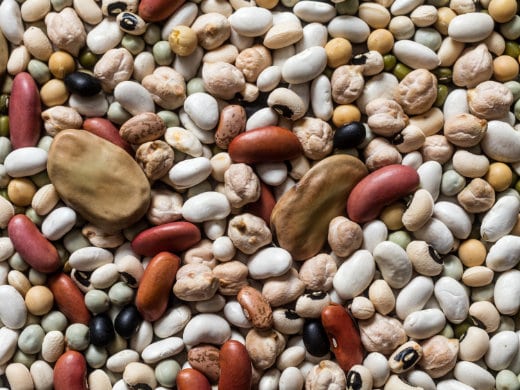
Benefits: Beans almost have too many benefits to mention. They are full of fibre which helps to slow down blood sugar. Also, they are rich in iron, protein and help support the kidneys.
Amount: Should include at least 3 servings per week.
Examples: There are dozens of different varieties and it is important to include different ones in your diet.
The Strength of Symphony
When using food as medicine, as opposed to pharmaceutical drugs, we benefit from the hundreds, if not thousands of different supportive plant chemicals in the food. These plant chemicals, especially those in green leaves, work together to boost our immune system. Pharmaceutical medicines on the other hand only provide a few specific chemicals.
If you create a diet that includes many different plant foods, you are increasing the potential for a more holistic solution for all your disease and health challenges.
The majority of people worldwide consume between 1-2 thousand pounds of food each year. Choosing the right foods can mean the difference between a life of sickness or one of health. Therefore, this solution creates the best health care option for those in developing countries.
Learn more about how Thrive grows health on Facebook, Twitter and don’t forget to sign up for our newsletter.
